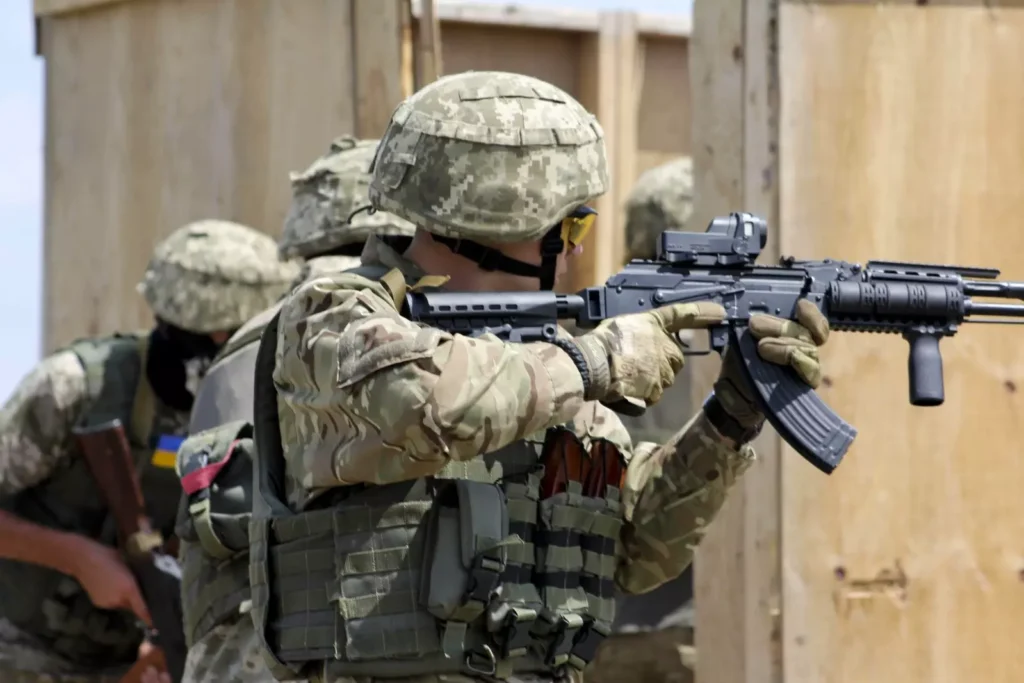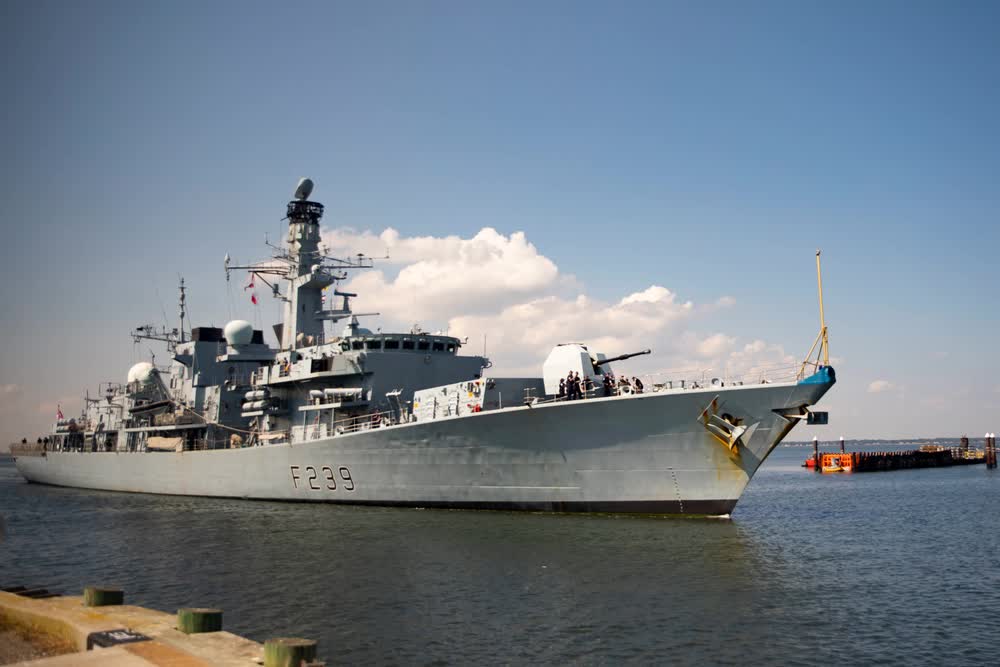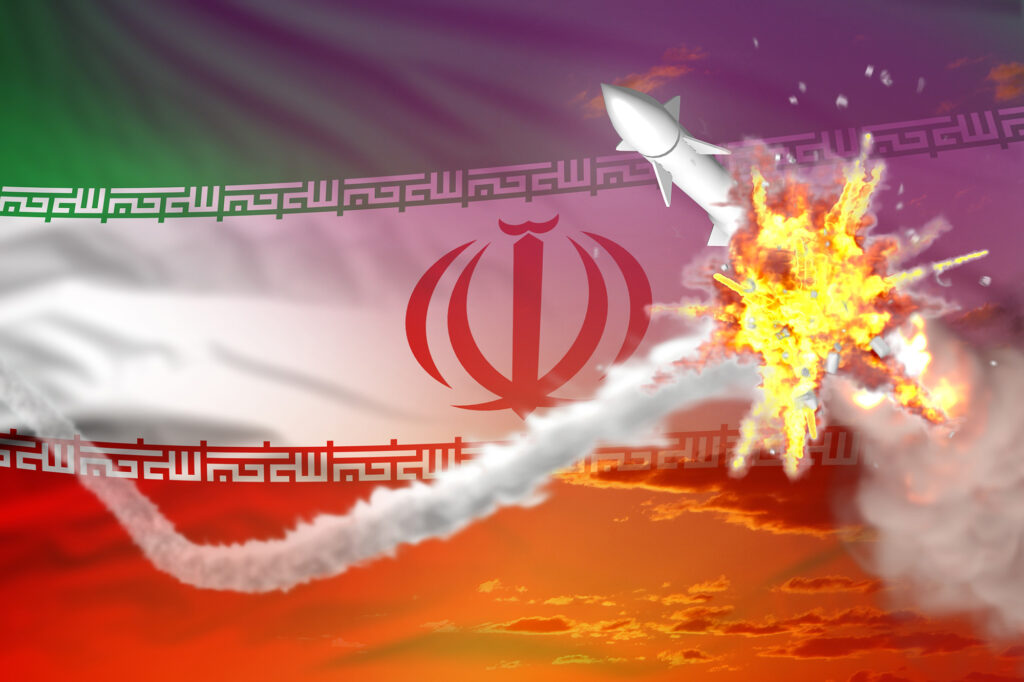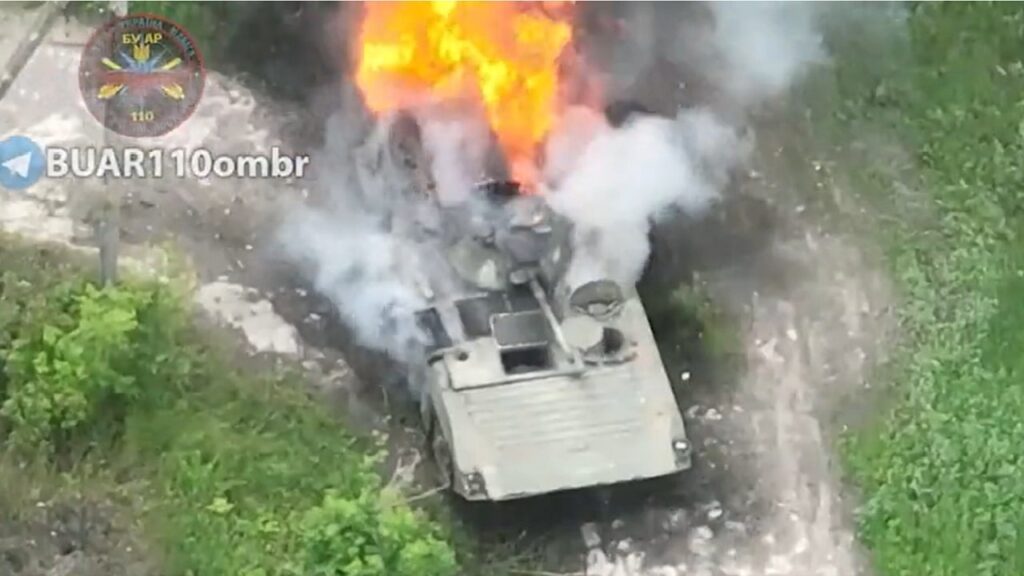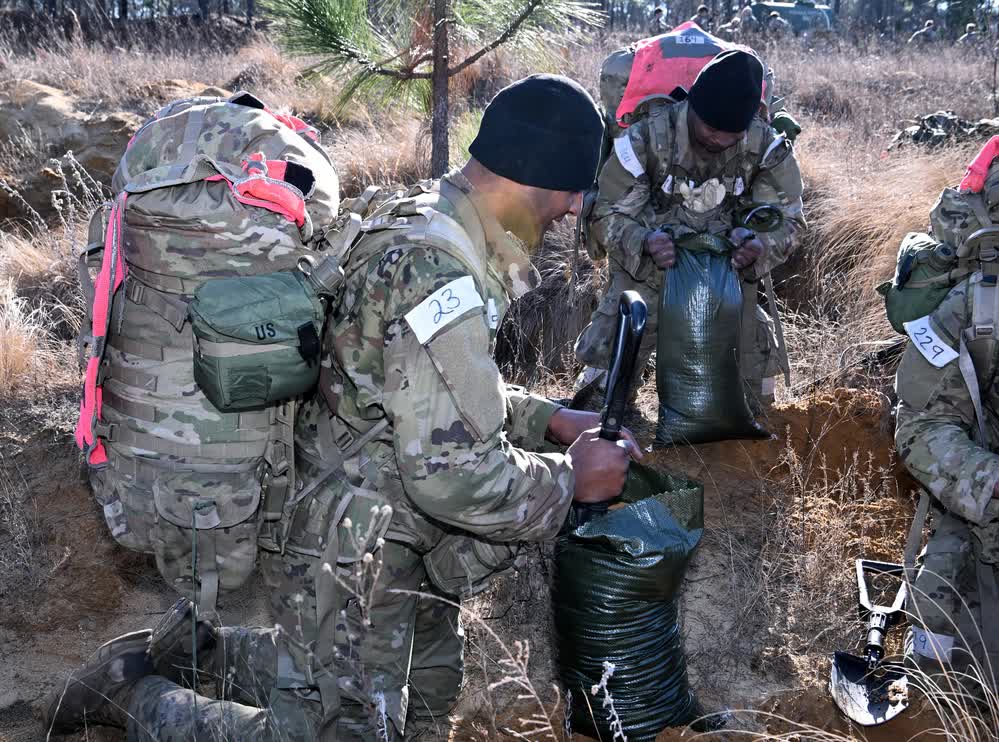It has been 299 days since the Russian invasion began. On Monday, the fighting continues all across the battlefield but with little territorial changes.
Back and forth
In the east, the momentum of the Ukrainian counteroffensive has largely faded with positional battles going on between the two sides close to Kreminna. The Ukrainian forces are trying to reach Svatove, which lies farther to the east, but the Russian defenses and the weather have kept them back.
In the Donbas, the fighting for Bakhmut continues. The Russian forces have made some advances in the outskirts to the south and northeast of the town, but the Ukrainian defenses are holding fast. Indeed, at certain points, the Ukrainians are counterattacking are reclaiming territory.
In the south, the two militaries are exchanging long-range fires.

.
Russian casualties
Every day, the Ukrainian military is providing an update on their claimed Russian casualties. These numbers are official figures and haven’t been separately verified.
However, Western intelligence assessments and independent reporting corroborate, to a certain extent, the Ukrainian casualty claims. For example, the Oryx open-source intelligence research page has visually verified the destruction or capture of more than 1,500 Russian tanks (which amounts to more tanks than the combined armor capabilities of France, Germany, Italy, and the United Kingdom) and more than 5,300 military vehicles of all types; this assessment has been confirmed by the British Ministry of Defense.
The same independent verification exists for most of the other Ukrainian claims. Recently, the Pentagon acknowledged that the Russian military has lost thousands of combat vehicles of all types, including over 1,000 tanks, and dozens of fighter jets and helicopters.
Furthermore, more recent reports that are citing Western intelligence officials indicate that the Russian military has suffered more than 100,000 casualties (killed and wounded) in the war so far.
In the summer, Sir Tony Radakin, the British Chief of the Defence Staff, had told the BBC that the West understands that more than 50,000 Russian troops have been killed or wounded in the conflict thus far. If we were to take the Ukrainian figures as accurate, the number mentioned by Sir Radakin is on the low side of the spectrum.
Related: Watch: Russian armored personnel carrier destroyed in Russian retreat
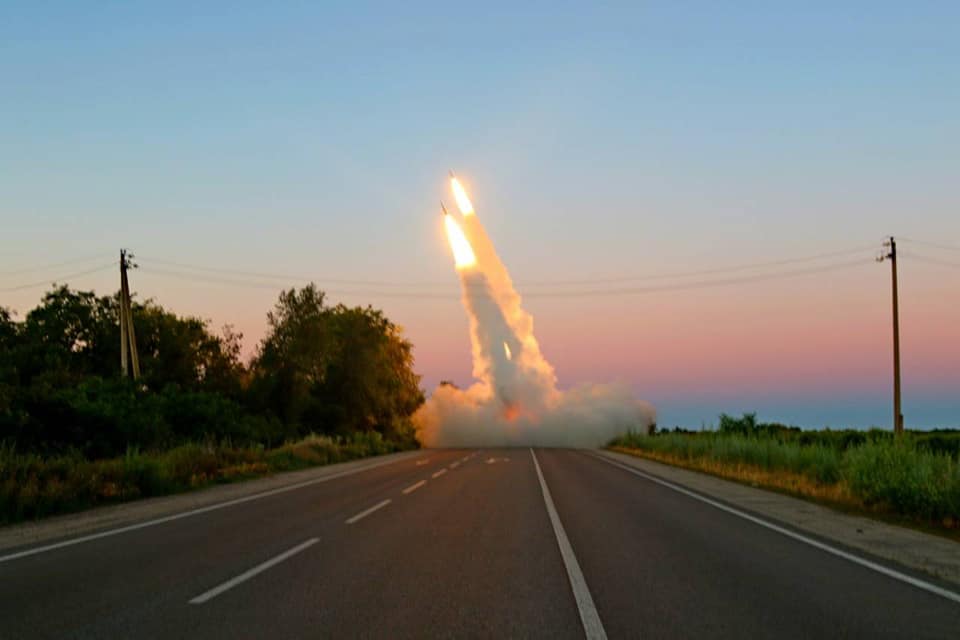
In November, Chairman of the Joint Chiefs of Staff General Mark Milley shared the U.S. military’s assessment that the Russian military has lost more than 100,000 troops so far in the war.
Yet, it is very hard to verify the actual numbers unless one is on the ground. However, after adjusting for the fog of war and other factors, the Western official numbers are fairly close to the Ukrainian claims.
As of Monday, the Ukrainian Ministry of Defense is claiming the following Russian casualties:
- 98,800 Russian troops killed (approximately three times that number wounded and captured)
- 5,969 armored personnel carriers and infantry fighting vehicles destroyed
- 4,592 vehicles and fuel tanks
- 2,988 tanks
- 1,953 artillery pieces
- 1,657 tactical unmanned aerial systems
- 281 fighter, attack, and transport jets
- 410 Multiple Launch Rocket Systems (MLRS)
- 264 attack and transport helicopters
- 653 cruise missiles shot down by the Ukrainian air defenses
- 212 anti-aircraft batteries
- 175 special equipment platforms, such as bridging equipment
- 16 boats and cutters
- four mobile Iskander ballistic missile systems
On Monday, Ukrainian forces continued to inflict the heaviest in the direction of Bakhmut, which is located in the south of the Donbas, and Lyman, which is located in the northeast of the Donbas.
The stated goal of the Russian military for the renewed offensive in the east is to establish full control over the pro-Russian breakaway territories of Donetsk and Luhansk and create and maintain a land corridor between these territories and the occupied Crimea.
Feature Image: Soldiers with the Ukrainian Land Forces enter and clear a room Jun. 4, 2016 during a squad live-fire exercise at the International Peacekeeping and Security Center as part of Joint Multinational Training Group-Ukraine. Each JMTG-U rotation will consist of nine weeks of training where Ukrainian soldiers will learn defensive combat skills needed to increase Ukraine’s capacity for self-defense. (U.S. Army photo by Capt. Russell M. Gordon, 10th Press Camp Headquarters)
Read more from Sandboxx News
- How Russia’s culture of lies is dooming Putin’s invasion of Ukraine
- The 5 strangest pieces of Russian equipment found in Ukraine
- A Patriot missile battery from the US could create new headaches for Russia in Ukraine
- US announces successful test of its first fight-ready hypersonic missile
- Evidence suggests Russia’s ‘hypersonic’ Kinzhal missile is powered by American tech
